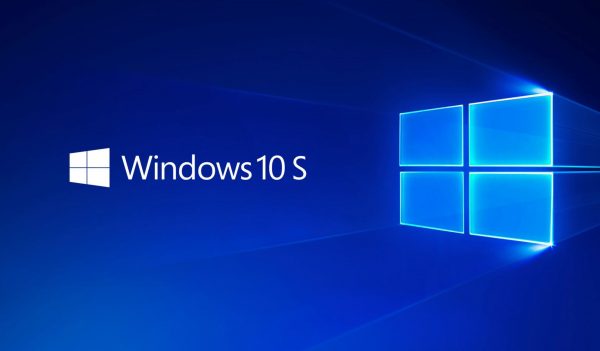After what seems like forever, Microsoft is finally working on a version of Windows 10 for ARM hardware, and it’s pretty different from Windows RT. For those unaware, Windows RT is a version of Windows 8 that powered the first Surface device from Microsoft.
Despite this, consumers did not gravitate towards Windows RT because it wasn’t the full version of Windows 8. However, with Windows 10 on ARM, consumers will get the full version of Windows 10 with the ability to run traditional desktop apps as long as they are downloaded from the Windows Store.
Why is Windows 10 on ARM a great idea
Windows 10 on ARM, now called Windows 10 S, is the next line of computers from Microsoft
PCs based on the x86 architecture are great, but ARM-based computers have advantages. For example, they have better battery life and LTE cellular connectivity built-in. Furthermore, the hardware is less expensive. Intel has been trying for quite some time to compete with ARM, where battery life and pricing are concerned, but the company is yet to gain a significant advantage.
The latest processors from Intel are great, and while they have done wonders for Windows 10 2-in-1 PCs where battery life is concerned, pricing is still too steep.
ARM processors are not as quick, but they provide quality battery life, which is something Microsoft cannot bypass.
Windows 10 on ARM supports x86 programs
It is not possible when it comes down to downloading and installing x86 apps from outside the store. It is feasible to download these x86 apps, but installing them is another matter. As stated above, users must venture to the Windows Store in hopes of finding their favorite x86 app.
As of right now, the Windows Sore is mainly home to regular apps, so we wouldn’t recommend purchasing an ARM-based laptop with Windows 10 for those who use x86 programs regularly.
Here’s the thing, x86 emulation runs entirely in software, so computer users might come across problems in the long term. Yes, Microsoft demoed Windows 10 running on ARM with the desktop version of Photoshop as the leading showcase.
That’s great, but fans should expect slowdowns, especially with demanding programs. Remember that Qualcomm processors are not as powerful as what Intel and AMD are bringing to the market. Performance issues are a given when using x86 apps via 100 percent software emulation.
Possible issues with older drivers
While Microsoft figured out how to power Windows 10 on ARM, there’s no way the company will be able to fix the problem of driver support the easy way. Most drivers today were built with x86 and x64 processors in mind. They won’t work with ARM hardware unless companies create a separate driver from scratch.
Windows 10 for ARM will ship with Windows 10 S OS

For those who might be wondering, the Windows 10 for ARM will ship with Windows 10 S operating system, which is not designed for ARM processors only. The Surface Laptop runs Windows 10 S with x86 hardware, which means users can easily upgrade to Windows 10 Pro if they’re missing the old way of doing things.
Will there be a Windows 11 ARM?
There is Windows 11 AMR already, and it allows PC users always to be connected to the internet, extends battery life, and turns the laptop instantly. However, there are limitations, including drivers that should be designed for Windows 11 ARM, not all games will work, apps customizing the Windows experience may have problems, and some third-party apps will not work. The last point has the same limitation as drivers. They need to be designed for ARM. More here.
Are ARM processors faster than Intel?
Due to their low power consumption, ARM chips are usually slower than their Intel counterparts. In spite of most users not noticing any differences in their respective devices, Intel processors get designed for faster computing.